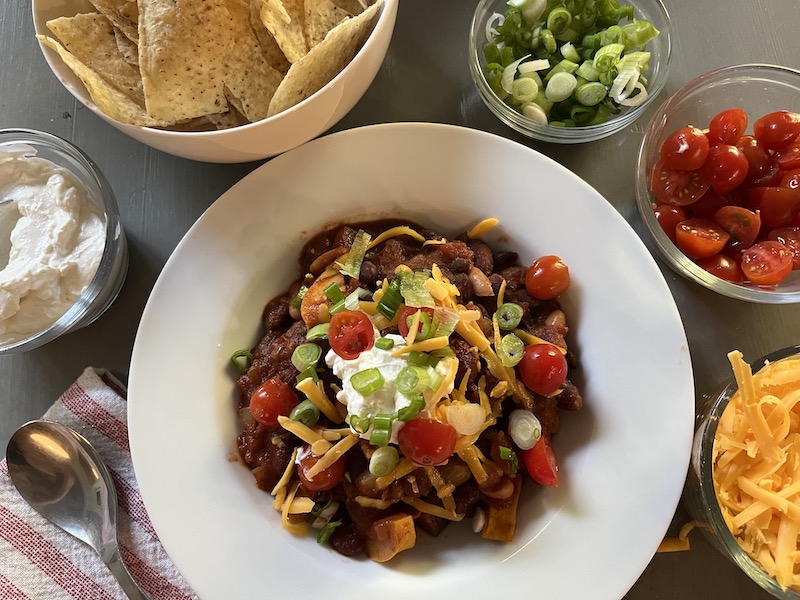Avoid Holiday Weight Gain – 9 Tips for Eating and Drinking
greatist.com
By Nicole McDermott
Many of us experience weight gain during the festive winter months, but packing on a few pounds in December is far from inevitable, but we promise there are logical strategies to stay on track.
Don’t get us wrong: The holiday season is all about celebrating, togetherness, and indulging—in moderation. So pass the eggnog and let’s tackle navigating holiday food spreads, hectic schedules, and sidelined gym routines.
1. Eat before drinking and celebrating.
Skipping breakfast or lunch in order to “save your appetite” probably isn’t the best weight-maintenance tactic. While the jury’s still out on how important breakfast truly is, not eating until the afternoon may lead to binging later on (read: four slices of pumpkin pie). Our advice? Stick to a reasonably sized breakfast with plenty of protein, which will keep you fuller longer and temper the urge to stuff your face later.
2. Pick protein.
Like we just mentioned, protein can help maintain a healthy weight because high-protein diets are associated with greater satiety (bonus benefit: It’s important for healthy muscle growth). Make sure to serve up some turkey, roasted chicken, or prepare animal-free alternatives like quinoa, lentils, or beans.
3. Bring your own.
Rather than try to figure out what’s in every dish at a friend’s party (or avoid eating altogether), bring a healthy side dish or dessert. Taste the what you want, but know you have a healthy alternative to fall back on.
4. Eat and chew slowly.
Eating slowly may not be easy when appetizer options are endless, but it pays off to pace yourself. The quicker we eat, the less time the body has to register fullness. So slow down and take a second to savor each bite of baked brie or scoop of spiced nuts.
5. Serve meals restaurant-style.
When you sit down for the main event, leave food in the kitchen (away from reach) rather than display a basket full of piping hot rolls, multiple casseroles, and an entire turkey directly on the table. When you’ve cleaned your plate, take a breather, and then decide if you really want seconds. Changing up the environment—in this case, by leaving food near the stove—can help reduce overall food intake.
6. Fill up on fiber.
Snacking on vegetables and other high-fiber items like legumes can help keep us fuller, longer (though there’s always space for dessert). Give the vegetable platter a second chance with a healthy, tasty dip.
7. Use smaller plates.
Plate sizes have expanded significantly over the years. Whenever possible, choose the smaller salad plate (8-10 inches) instead of a tray-like one (12 inches or more). Using smaller plates can actually make us feel fuller with less food. The brain associates a big white space on the plate with less food (and smaller plates generally require smaller portions).
8. Make room for (healthy) fats.
Cutting butter and oil can slash calories (and it’s easy to swap in foods like applesauce, avocado, banana, or flax into holiday baked goods!), but not all fats are bad fats. We need fat in our diets to provide energy and absorb the fat-soluble vitamins A, D, E, and K, plus fat helps us feel full.
Get healthy monounsaturated and polyunsaturated fats from avocadoes (hello, guacamole), nuts, and olive oil (in baked goods, on veggies, or in homemade dressings). Bonus: Combining fat with fiber—like dipping veggies in guacamole—has been shown to increase fat’s power to make us feel full.
9. Ditch added sugar.
Holiday cookies, cakes, and pies are nothing short of tempting, but all that added sugar may increase the risk for cardiovascular disease and obesity. Stick to sugar that comes in its natural form (fruits, veggies, and whole grains) and try small tastes of the desserts you’re truly craving rather than loading up a full plate of bland cookies.



